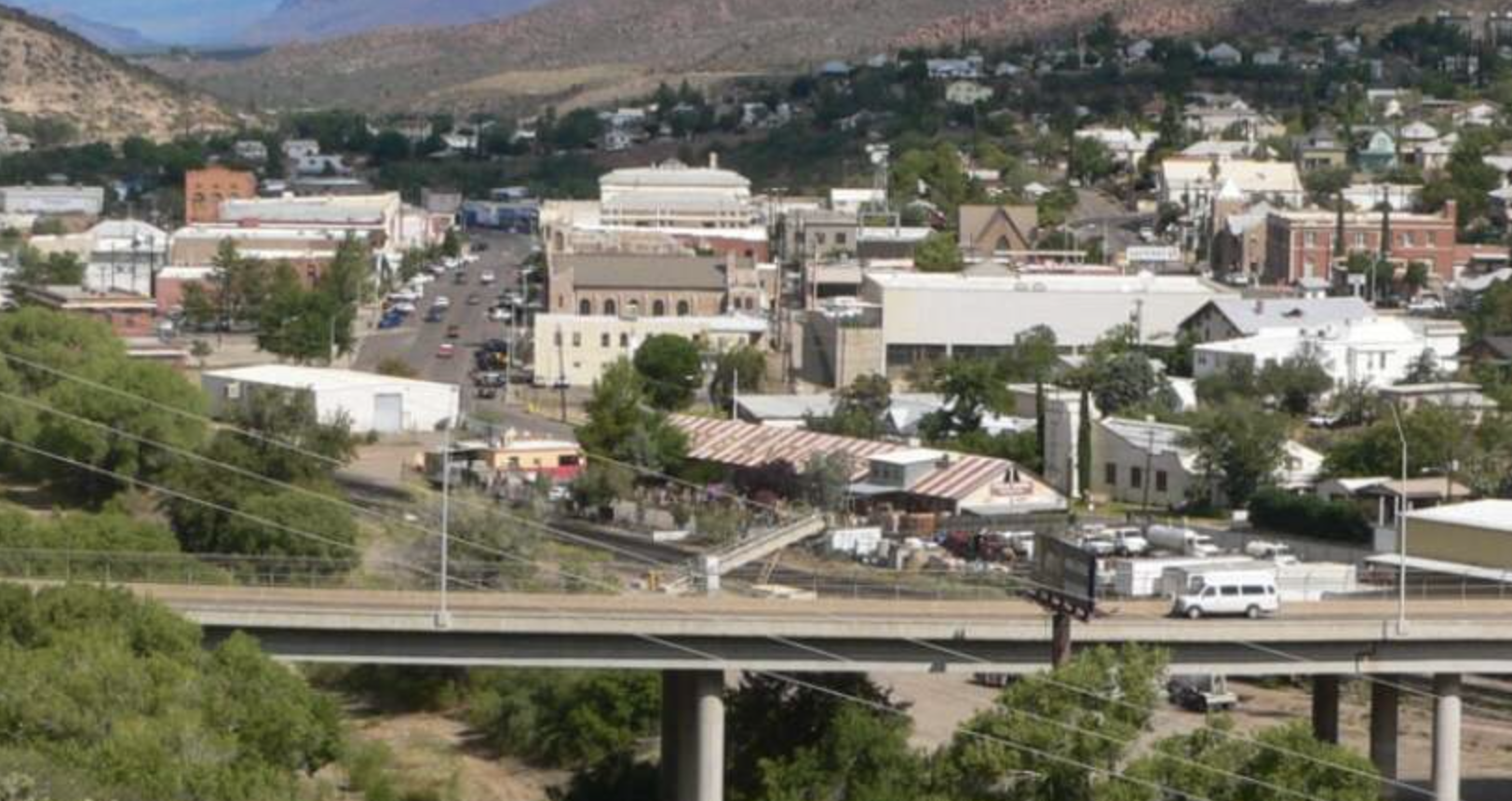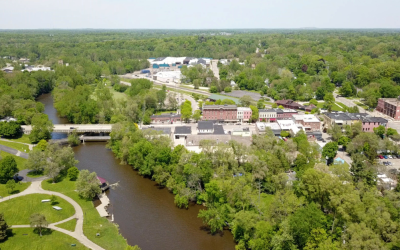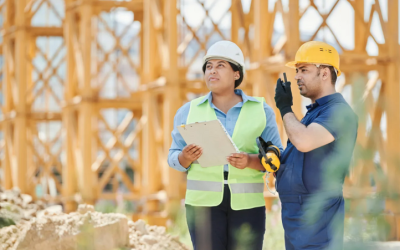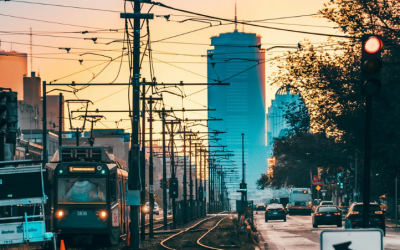Sometimes the nation’s infrastructure needs are so daunting that the expense seems out of reach.
Other times, a fix can be in a community’s own backyard. It just takes a bit of DIY.
Consider Globe, AZ, a copper mining hub 88 miles east of Phoenix near the crossroads of two historic routes – The Apache Trailand the Old West Highway. Globe has a troublesome main corridor. Traffic moves too quickly, and it is not pedestrian friendly. There have been three traffic deaths in five years, and two more nearby.
Globe, population 7,249, is the Gila County seat. The San Carlos Apache Tribal Nation is next door and an unincorporated area surrounding it has about 10,000 residents. “Our streets are well traveled,” says the city’s Grants Manager, Connie Callaway.
Connie Callaway, who enrolled in the months-long Local Infrastructure Hub Bootcamp on federal financing for Safe Streets, said Bootcamp experts like Ryan Russo, a veteran transportation planner who has worked in New York and California, encouraged officials to be methodical and look for ways to temporarily address a problem before seeking a permanent solution.
“Ryan Russo took us step by step: How to create barriers to narrow corridors that reduce speed with recycled pieces of concrete,” Connie Callaway said. “Use what you have, in essence. In the context that he brought up, that was very eye opening.”
Under the Safe Streets program, Russo says, the U.S. Department of Transportation wants cities to come up with solutions that result in safety benefits quickly before embarking on planning, design, and construction for permanent fixes.
“A ‘quick-build,’ ‘temporary’ or ‘demonstration’ project has two major benefits: First, it brings safety benefits sooner than a traditional capital construction project; with the terrible rise in pedestrian fatalities in particular, there is an urgent need to act,” Ryan Russo said. “Second, by using inexpensive materials like roadway markings and plastic posts, communities can try something that may be more bold than they normally would, knowing that it is not very difficult to adjust things.”
“A capital project that digs up a street and pours concrete is very hard to tweak once it’s in the street,” Ryan Russo added. “A temporary fix is a form of the old adage ‘measure twice, cut once.’”
The Local Infrastructure Hub is a national program established in 2022 to help small and mid-sized cities navigate and develop competitive infrastructure grant applications. It is led and funded by Bloomberg Philanthropies, the Ballmer Group, Emerson Collective, Ford Foundation and The Kresge Foundation. Its partners include the U.S. Conference of Mayors, the National League of Cities, Results for America, U.S. Digital Response, and other technical expert organizations.
So far, the programming offered by the Local Infrastructure Hub has attracted more than 1,100 cities and towns nationwide. The Bootcamps have aided municipalities seeking funding through the Bipartisan Infrastructure Law and the Inflation Reduction Act, from replacing crumbling infrastructure to increasing energy efficiency, to building stronger communities.
Callaway was one of a team of four city officials from Globe who participated in the Safe Streets Bootcamp.
“We were taken through a class, step by step, to write very purposefully, to slow down, to not be in a hurry for the application. To really think about it and think about it as a team,” she said.
Globe is seeking a $154,000 grant to install the temporary improvements, collect data on how the narrowed corridor affects vehicle speeds and pedestrian traffic, and gather community reaction. That information will then be used in a grant application for permanent improvements.
“We are only asking for an amount to be successful, not to overreach the funding,” Callaway added.
Ryan Russo advises applicants not to be discouraged if the safety problems in their communities don’t rank highest compared to others: “The Safe Streets and Roads for All program is well funded and is a great opportunity to get important planning going that can lead to lots of benefits, whether or not a big capital project gets funded.”






